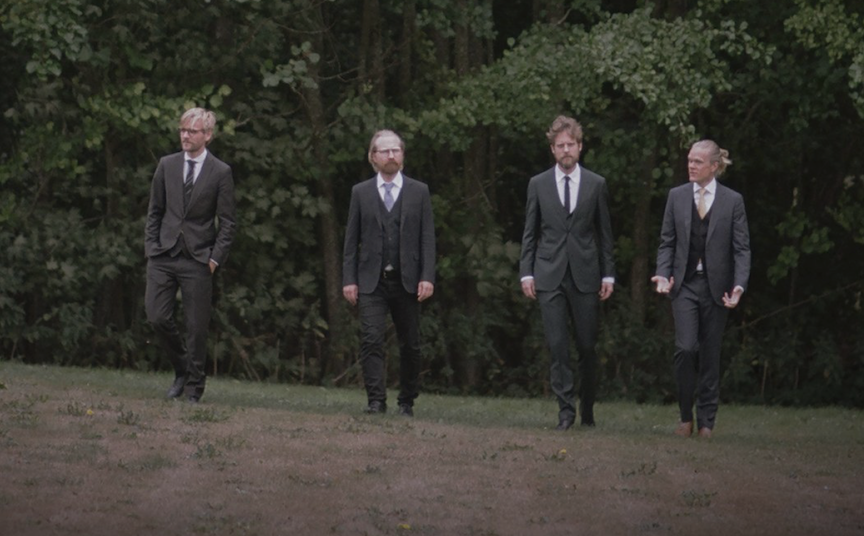The Danish String Quartet and Finnish cellist Johannes Rostamo gave a stunning performance at the Carleton Dominion-Chalmers Centre on Aug 2 with their take on Franz Schubert’s String Quintet in C Major, D. 956, Op. posth. 163.
Along with this chamber music classic, they performed a modern arrangement of the quintet, by Thomas Adès.
The performance is part of the ensemble’s Doppelgänger project which pairs Schubert originals with new commissions.

The quartet is Rune Tonsgaard Sørensen and Frederik Øland, violin, Asbjørn Nørgaard, viola, and Fredrik Schøyen Sjölin, cello. They are no strangers to Chamberfest, having performed at the festival regularly in years past.
Schubert’s quintet is simply epic. A monumental work of music lasting nearly an hour, it is chamber music at its finest.
The quintet jumped right into the Allegro ma non troppo, a warm, rosy journey that builds into theatrical intensity.
The piece often changed mood, but not in a jarring way. The five players navigated the ebb and flow of the ever-changing melody with grace and care.
The group’s respect and appreciation for the music was palpable and their clear connection and friendship kept the audience thoroughly engaged.
The Adagio was arguably the best, diving to earthly depths and soaring into the cosmos.
The interpretation of this iconic movement was a masterful demonstration of five musical voices.
It evokes a feeling of white petals dancing in the air before they hit the ground in a moment of finality, before it all slips away. Steady cello pizzicato is the backbone of the piece.
The third movement, Scherzo: Presto/Trio: Andante sostenuto was intense. Its rich, swaying repetitions explore the full possibilities of what a string quintet can do.
The patterns and repetition of motifs in this piece were poignant and knowing. Special note was taken of the group’s transitions, between each movement and within the music.
With a pause and a glance upwards to the heavens, the quintet jumped into the final Allegretto.
The music was grand, majestic and hopeful, a fitting conclusion to a timeless work. The quintet was delightful in their self-assuredness, full of vitality and confidence.
The score was expertly layered and the quintet made the melody something truly memorable. Although a mere group of five, they played with the diversity and force of a full orchestra.
At times deeply emotive and introspective, the final movement resonated with anyone willing to listen and reflect. With flowing grace and impeccable timing, the quintet raced towards the snapping final chord.
If humanity had a score, it would be Schubert’s quintet, and the Danish String Quartet and Johannes Rostamo captured its essence perfectly.
Following intermission, the quintet performed Thomas Adès’ Wreath for Franz Schubert, a modern arrangement of the classic. The British composer wrote this single-movement adaptation specifically for the Danish String Quartet and Finnish cellist Johannes Rostamo.
This piece focuses on the iconic second movement, reworking the structure in a remarkable way, with each bar unique. It was an expression of the duality of simplicity and detail.
The piece was immediately defined by its flowing, ever-changing dynamics. It felt more modern, resulting in each instrument having a very distinct part to play.
Ethereal and ambient, the music rose in emotive swells and constantly building upon itself. The quintet played with gratitude and sensitivity, weaving the music into a delicate lace tapestry.
The evening concluded with Schubert’s Winterreise, D.911, No. 23: Die Nebensonnen, arranged by R. T. Sørensen. This short piece was distinct and full, offering a melodic contrast to the Adès.
The musicians earned an immediate standing ovation following their deeply fulfilling performance. They returned for an encore, and treated the audience to a traditional Danish song in a heartwarming tribute to their homeland.




